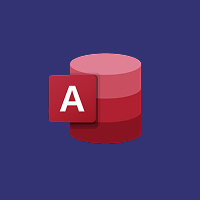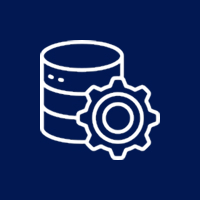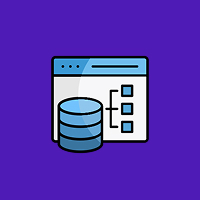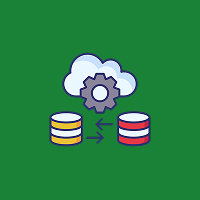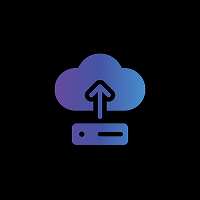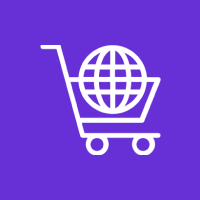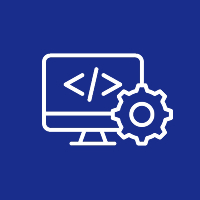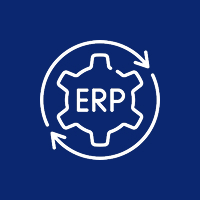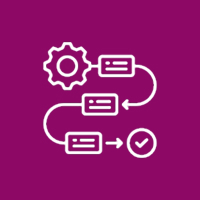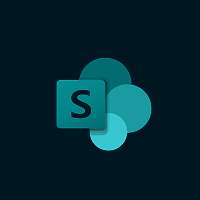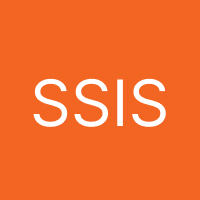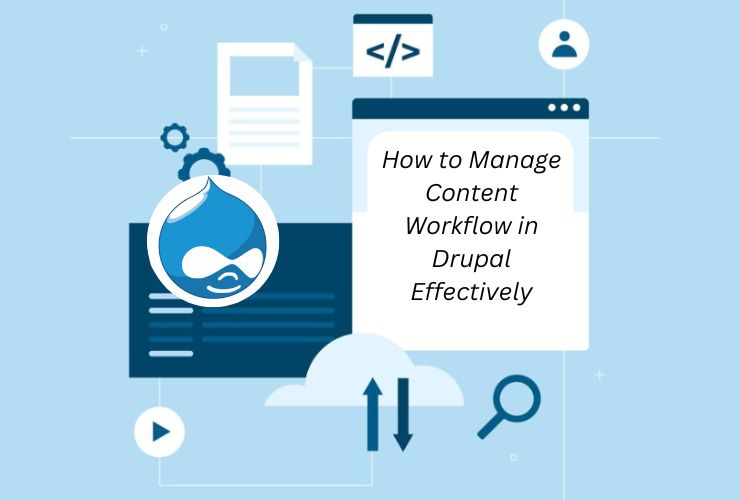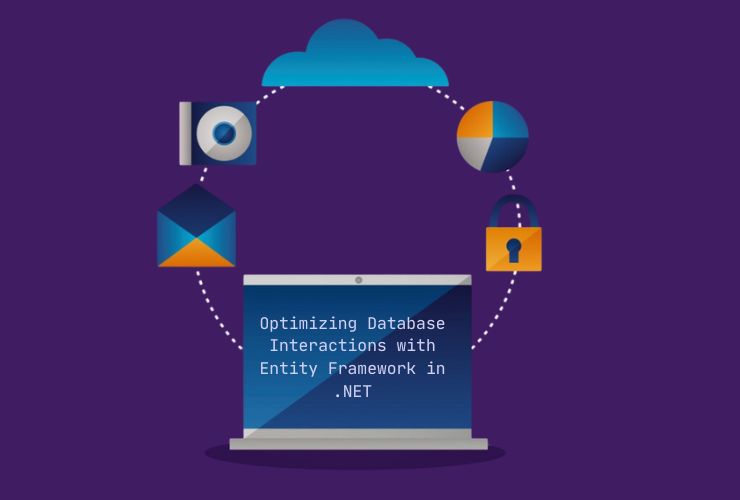As more businesses turn to digital software to run operations, integrating these systems with your ERP (Enterprise Resource Planning) is a requirement. From finance, inventory, and HR, to CRM and ecommerce applications, an integrated technology stack eliminates inefficiencies, data silos, and lost insights.
That is why choosing the best ERP integration approach isn’t a technology decision—it’s a strategy decision. The approach you use will impact everything from the cost of implementation and scalability to data integrity and system performance.
Here in this blog, we outline the most common ERP integration strategies, their strengths and weaknesses, and how to select the perfect one that meets your business goals.
Why ERP Integration Matters
ERP systems are the business operation backbone. Without integrating them with your other tools—such as CRM, ecommerce, or warehouse management—you have disconnected workflows, duplicated data entry, and poor visibility.
The correct integration approach guarantees:
- Smooth data movement between systems
- Immediate reporting and analysis
- Decreased manual processes and errors
- Improved decision-making and collaboration
- Scalable infrastructure for growth
Popular ERP Integration Strategies
1. Point-to-Point Integration
In this approach, every application connects directly to the ERP through custom-built integration or APIs.
Benefits:
- Quick to implement for small collections of systems
- Less up-front cost
- Appropriate for simple use cases
Drawbacks:
- Clunky and complex as systems grow
- Harder to support or scale
- Susceptible to errors when changes to any system are refreshed
Most appropriate to:
Fewer organizations with few systems or custom, simple integrations.
2. Middleware-Based Integration
Middleware is a communication layer or common point between your ERP and other systems. It normalizes data and controls workflows of many platforms.
Benefits:
- Flexible and scalable
- Less difficult to deal with complex workflow
- Reduces point-to-point clutter
Drawbacks:
- More expensive initial setup cost
- Requires middleware skill sets
- Can cause an infinitesimal delay to real-time communication
Most suitable for:
Existing established companies or organizations that have more than one application and data sources.
3. API-Led Integration
APIs (Application Programming Interfaces) enable systems to be connected in a more modular way. All applications are connected with one another through specified APIs, making it possible for secure, scaleable information passing.
Benefits:
- Very flexible and versatile
- Reusable API assets
- Ideal for cloud-based systems
Disadvantages:
- Requires skilled developers or API platforms
- Difficult to maintain without governance
Ideal for:
Technically savvy companies looking for flexible, cloud-ready solutions.
4. Integration Platform as a Service (iPaaS)
iPaaS products like MuleSoft, Boomi, or Zapier provide cloud integration development and management with minimal coding.
Advantages:
- Rapid setup through no-code or low-code functionalities
- Future-proof and scalable
- Pre-configured connectors with the most popular tools
Disadvantages:
- Subscription fees mount
- Perhaps lacks support for highly customized requirements
Most suitable for:
Organizations requiring rapid, scalable, and seamless integration with minimal IT involvement.
Selecting the Best ERP Integration Approach
When selecting the best approach, take the following into consideration:
1. Your Business Complexity and Size
Small firms with straightforward systems can manage with point-to-point connections. Large enterprises typically opt for middleware or iPaaS to expand.
2. Budget and Resources
API-led and middleware integrations cost more, involving greater initial investment and technical resources.
3. Batch vs Real-Time Needs
If your enterprise has real-time needs (e.g., order tracking or inventory syncing), API or iPaaS might be better than batch-based point-to-point solutions.
4. Volume of Integrations and Frequency
For most apps that need to be integrated and synched on a regular basis, favor central solutions (middleware or iPaaS) that can accommodate volume with consistency.
5. Future Growth Plans
Select a design that can adapt with you. Investing in scalable architecture upfront saves yourself from costly rebuilds down the road.
Conclusion
Selecting the correct ERP integration approach is key to digital effectiveness and long-term agility. Quick, lightweight or heavy and expandable—there is no one-size-fits-all solution. Consider your company’s requirements, systems, objectives, and internal competencies first.
Your ideal integrated ERP system isn’t merely bettering your operations—it drives your growth.
Contact Us Today



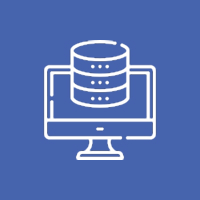





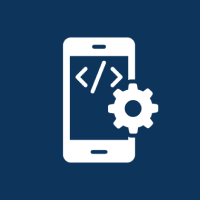



 Database Development
Database Development




